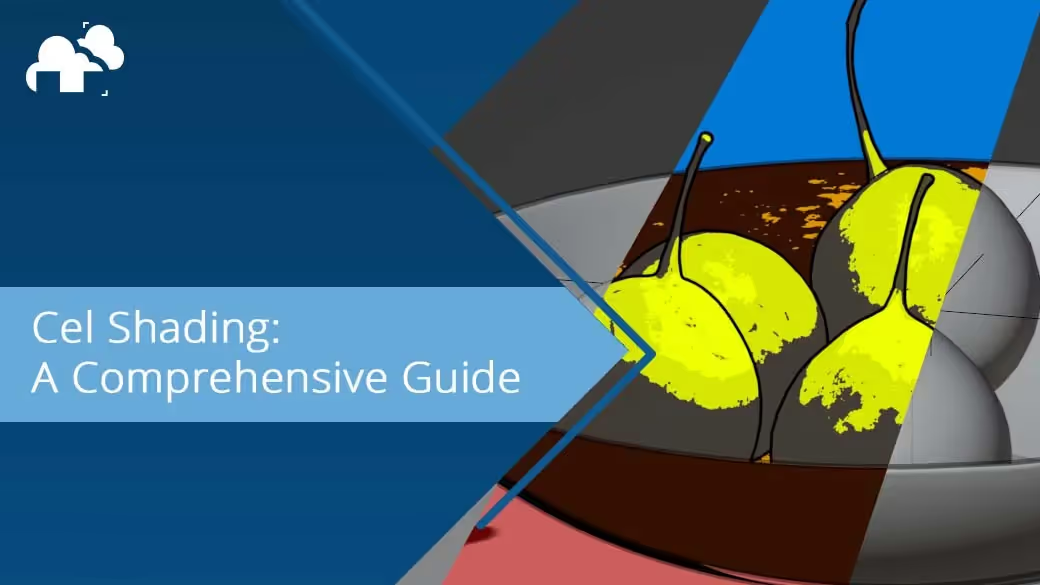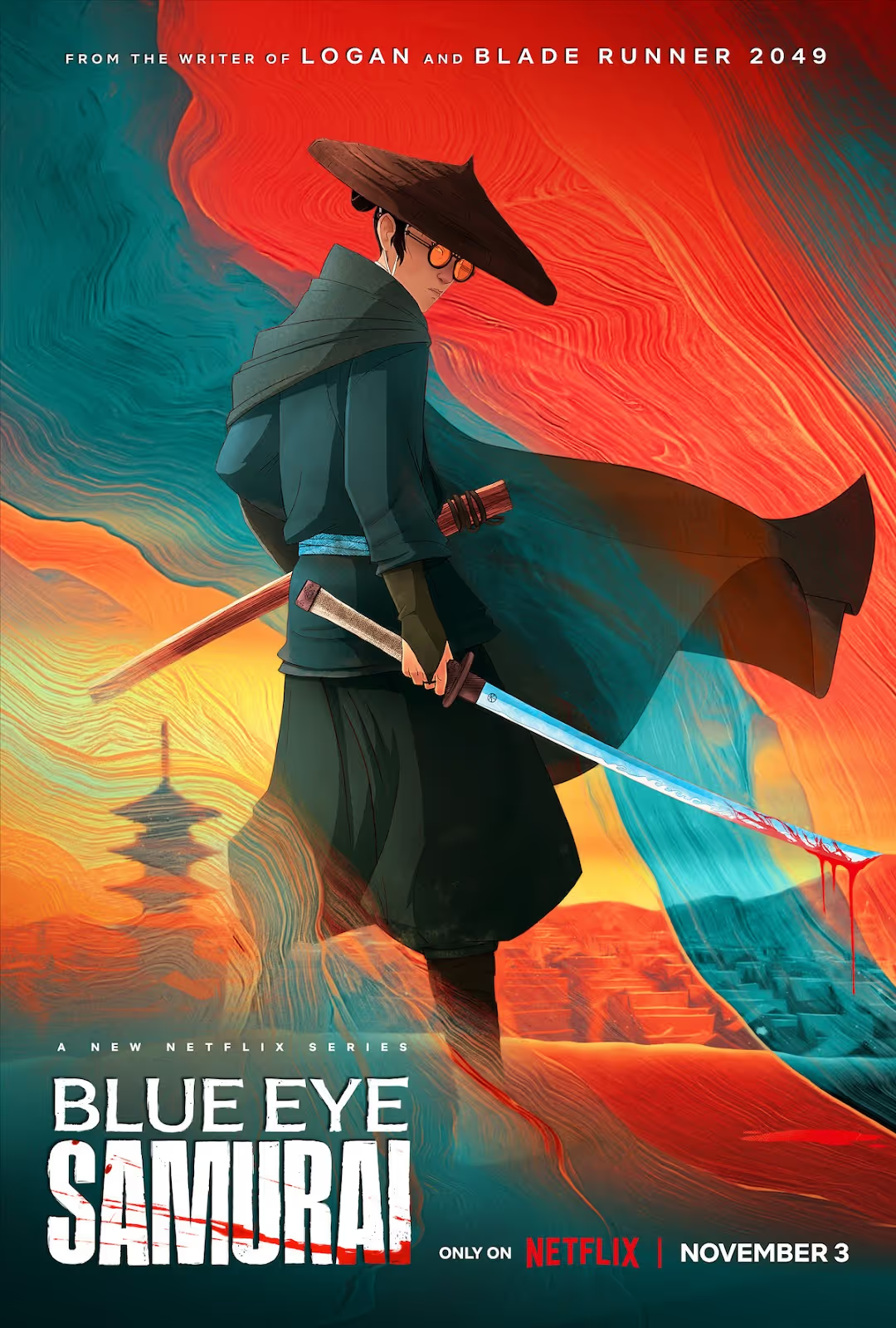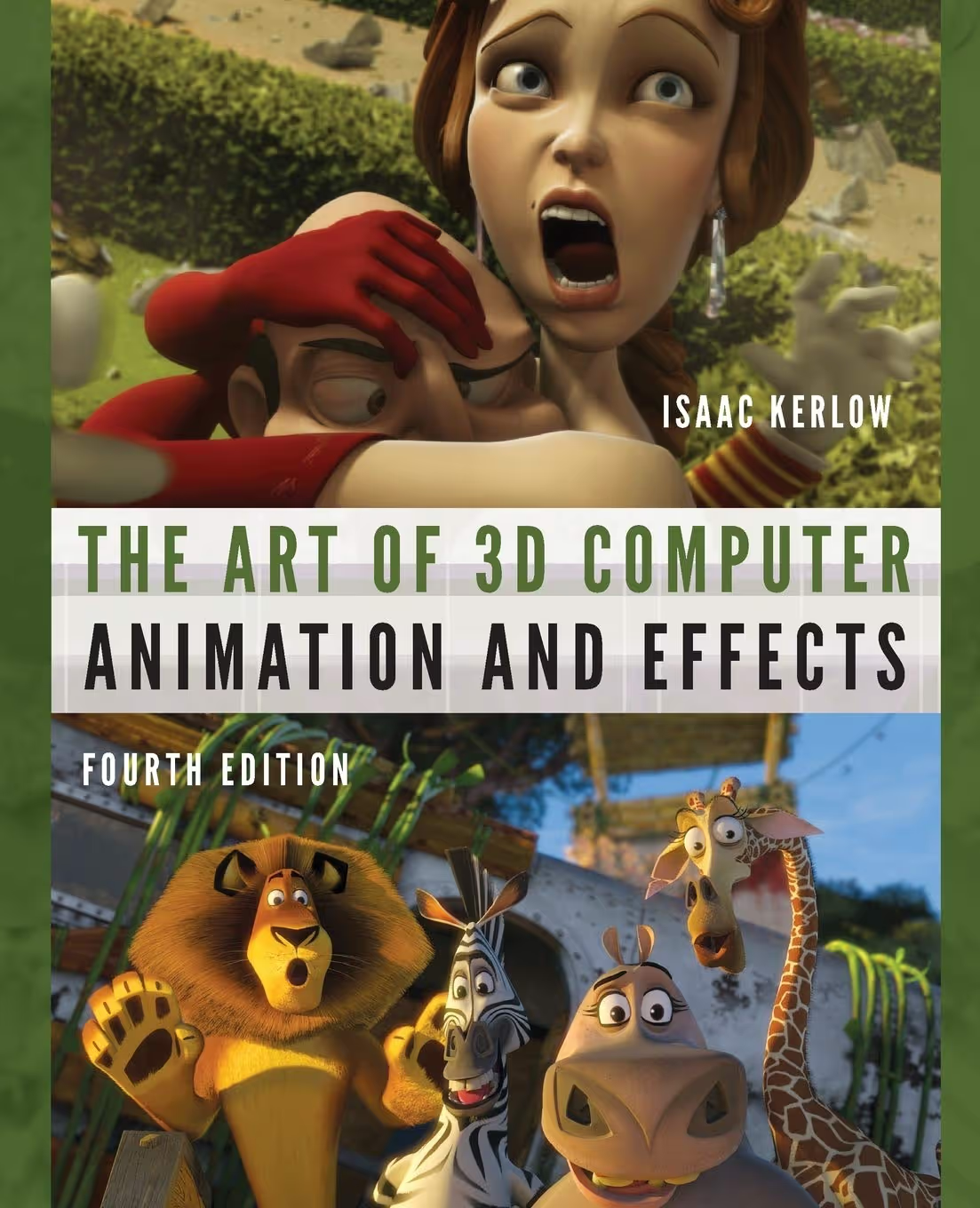
Cel shading, also known as toon shading, is a unique rendering technique that bridges the gap between traditional 2D animation and modern 3D computer graphics. This method creates a distinctive visual style characterized by flat colors, sharp edges, and bold outlines, making 3D models appear as if they were hand-drawn. It's a favored style in video games, animated films, and other media where a stylized, cartoon-like aesthetic is desired. In this comprehensive guide, we'll explore the history, techniques, software, and applications of cel shading, along with practical tips and insights for aspiring artists.
The origins of cel shading can be traced back to traditional animation techniques where images were drawn on transparent celluloid sheets and then painted. This method gave rise to the term "cel shading." As computer graphics evolved, developers sought ways to replicate this iconic look in a 3D space. One of the earliest notable examples of cel shading in video games is Jet Set Radio for the Sega Dreamcast, released in 2000. This game set the stage for the cel-shaded aesthetic, influencing numerous titles that followed.
Another landmark moment was the release of The Legend of Zelda: The Wind Waker in 2003. The game's vibrant, cartoon-like visuals were initially met with mixed reactions but eventually became celebrated for their timeless charm. The success of these early adopters paved the way for cel shading to become a staple in both gaming and animation.
One of the defining features of cel shading is the black outline around objects. This outline is typically achieved through a process called edge detection. In 3D software, this can be done by detecting the edges of the model and rendering them as bold lines. This technique helps to emphasize the shapes and forms of the objects, giving them a cartoon-like appearance.
Cel shading eschews the smooth gradients of traditional shading in favor of flat colors. This is achieved by limiting or clamping the number of colors used to shade an object, creating distinct color bands instead of gradual transitions.The result is a stylized look that mimics traditional hand-drawn animation.
Lighting in cel shading is simplified compared to more realistic rendering techniques. Instead of smooth gradients, shadows are often represented as solid, flat areas of darker color. This approach reinforces the cartoon-like appearance and simplifies the rendering process.
While cel shading often focuses on flat colors, textures can still play a crucial role. Simple, hand-painted textures can add detail without compromising the overall aesthetic. For example, subtle textures might be used to suggest fabric patterns or weathering on surfaces.

Cel shading isn't confined to video games; it's also found a place in animation and film. One of the most notable examples is the animated Netflix Series, Blue Eyed Samurai, which combines 3D models with cel shading to create a dynamic and visually engaging show. Cel Shading can be used with other tools and innovations to not only recreate the traditional animation aesthetic, but elevate it further.

Several software packages can be used to create cel shading effects, each with its strengths and features. Here are some of the most popular tools:
Blender is a powerful, open-source 3D modeling and rendering software that includes a range of tools for creating cel-shaded graphics. Blender's "Freestyle" rendering engine is particularly well-suited for creating outlines and flat shading effects. Additionally, to enhance rendering efficiency and speed, you can utilize a Blender render farm, which distributes rendering tasks across multiple machines.
Maya is a leading software in the animation industry, offering robust tools for creating cel shading effects. Its integrated rendering engines and customizable shaders provide artists with extensive control over the final look.
3ds Max, another product from Autodesk, is widely used in game development and animation. Its powerful shading and rendering tools make it an excellent choice for creating cel-shaded visuals.
Cinema 4D is known for its user-friendly interface and powerful rendering capabilities. It includes various shaders and effects that can be used to achieve cel shading.
These game engines are popular for their real-time rendering capabilities. Both Unity and Unreal Engine offer shaders and plugins specifically designed for cel shading, making them ideal for creating interactive experiences and video games.
Creating cel shading involves several steps, from modeling to rendering. Here's a high-level overview of the process:
The first step is to create the 3D models that will be cel-shaded. These models can be created in any 3D modeling software and should be designed with cel shading in mind, focusing on clean lines and clear forms, favoring readability and low frequency details..
Once the models are created, textures are applied. For cel shading, textures are often simple and hand-painted to complement the flat shading style.
The final step is rendering the scene. This involves setting up the camera, lights, and shaders to produce the cel-shaded effect. The rendering engine will then generate the final image or animation.

Traditional shading techniques aim to create realistic images by simulating the way light interacts with surfaces. This involves complex calculations for light reflection, refraction, and diffusion. Cel shading, on the other hand, simplifies these processes to create a stylized look.
While traditional shading can create highly realistic images, it can also be more resource-intensive and time-consuming. Cel shading offers a balance between visual appeal and performance, making it an attractive option for certain projects.
Cel shading is widely used in various forms of media, including:
Games like The Legend of Zelda: The Wind Waker, Borderlands, and Fortnite have popularized cel shading in the gaming industry. The style is particularly well-suited for games that emphasize a stylized, artistic approach over realism.
Cel shading is also used in animated films and television series to achieve a hand-drawn look. The aforementioned Blue Eye Samurai features cel shading as one of the techniques used to achieve a look that is familiar but also dynamic and well suited for its story.
The unique aesthetic of cel shading can make advertisements and marketing materials stand out. The bold outlines and flat colors are eye-catching and can convey a sense of playfulness and creativity.
For those interested in learning cel shading, there are numerous resources available:

The best way to learn cel shading is through practice. Experiment with different models, textures, and shaders to find what works best for your projects.
As technology advances, cel shading continues to evolve. Here are some trends to watch for:
Real-time rendering technologies, such as those used in game engines like Unity and Unreal Engine, are making it easier to create and manipulate cel-shaded graphics. This allows for more interactive and dynamic experiences.
Combining cel shading with other rendering techniques can create unique and visually stunning results. For example, mixing cel shading with realistic lighting and textures can produce a hybrid style that offers the best of both worlds.
As software developers continue to innovate, new tools and plugins for cel shading are becoming available. These tools simplify the process and provide more control over the final look.
With its distinctive look and efficient rendering, cel shading is likely to see broader adoption across various media, including virtual reality (VR) and augmented reality (AR) applications.
Cel shading is a versatile and powerful technique that offers a unique blend of 2D and 3D aesthetics. Whether you're a game developer, animator, or digital artist, understanding and mastering cel shading can open up new creative possibilities. By exploring its history, techniques, and applications, and by leveraging the latest tools and resources, you can harness the power of cel shading to create visually stunning and memorable works of art.